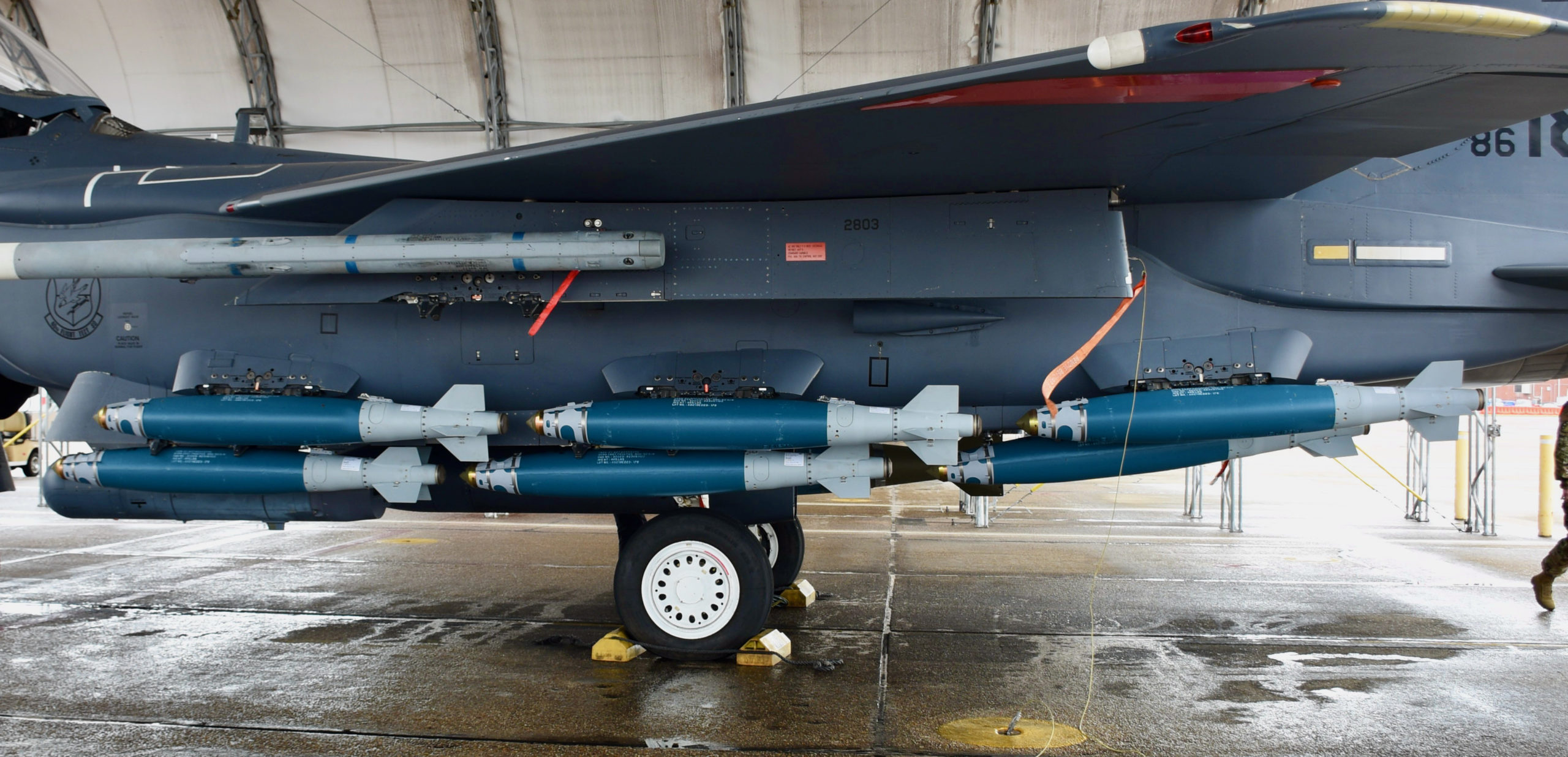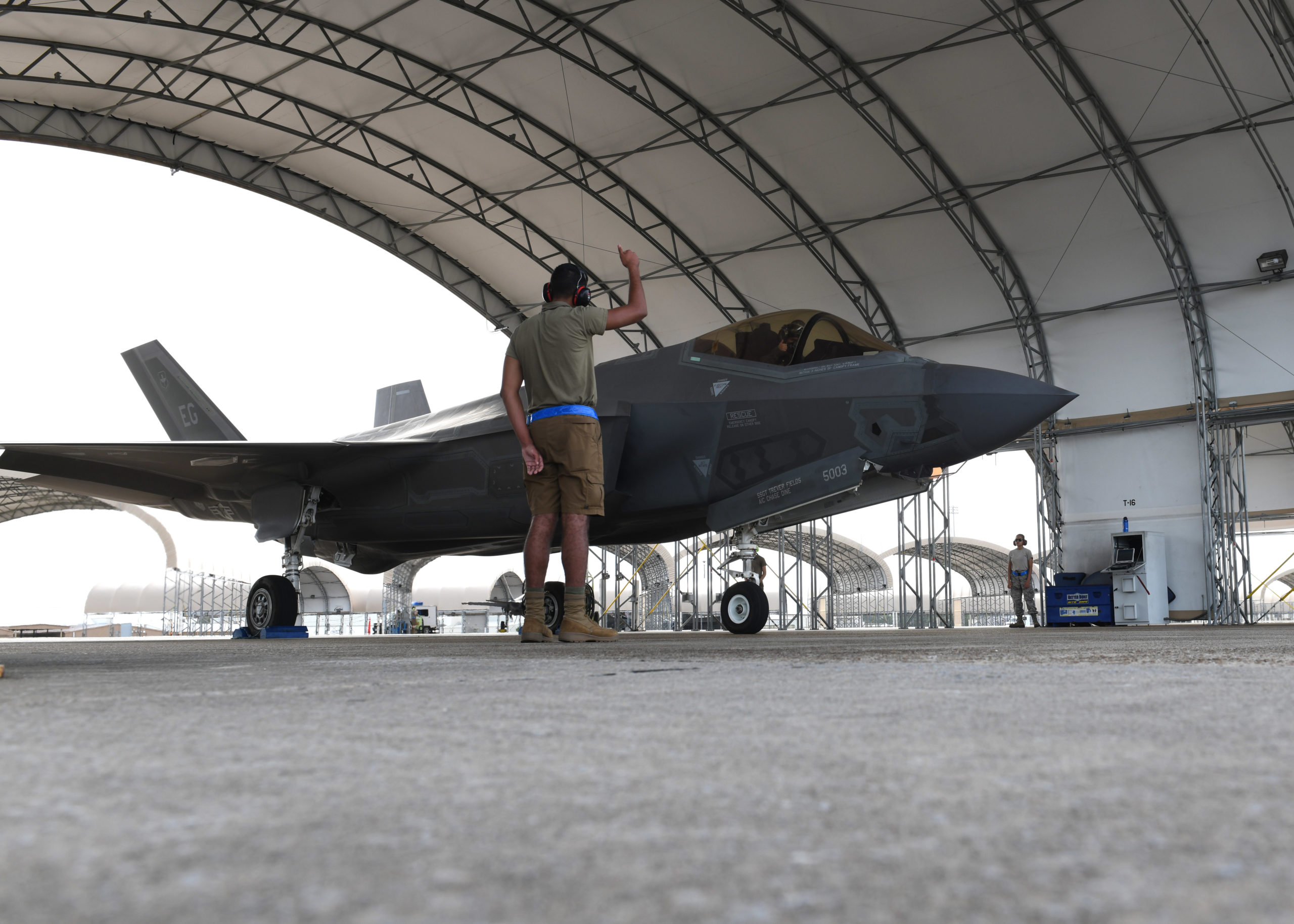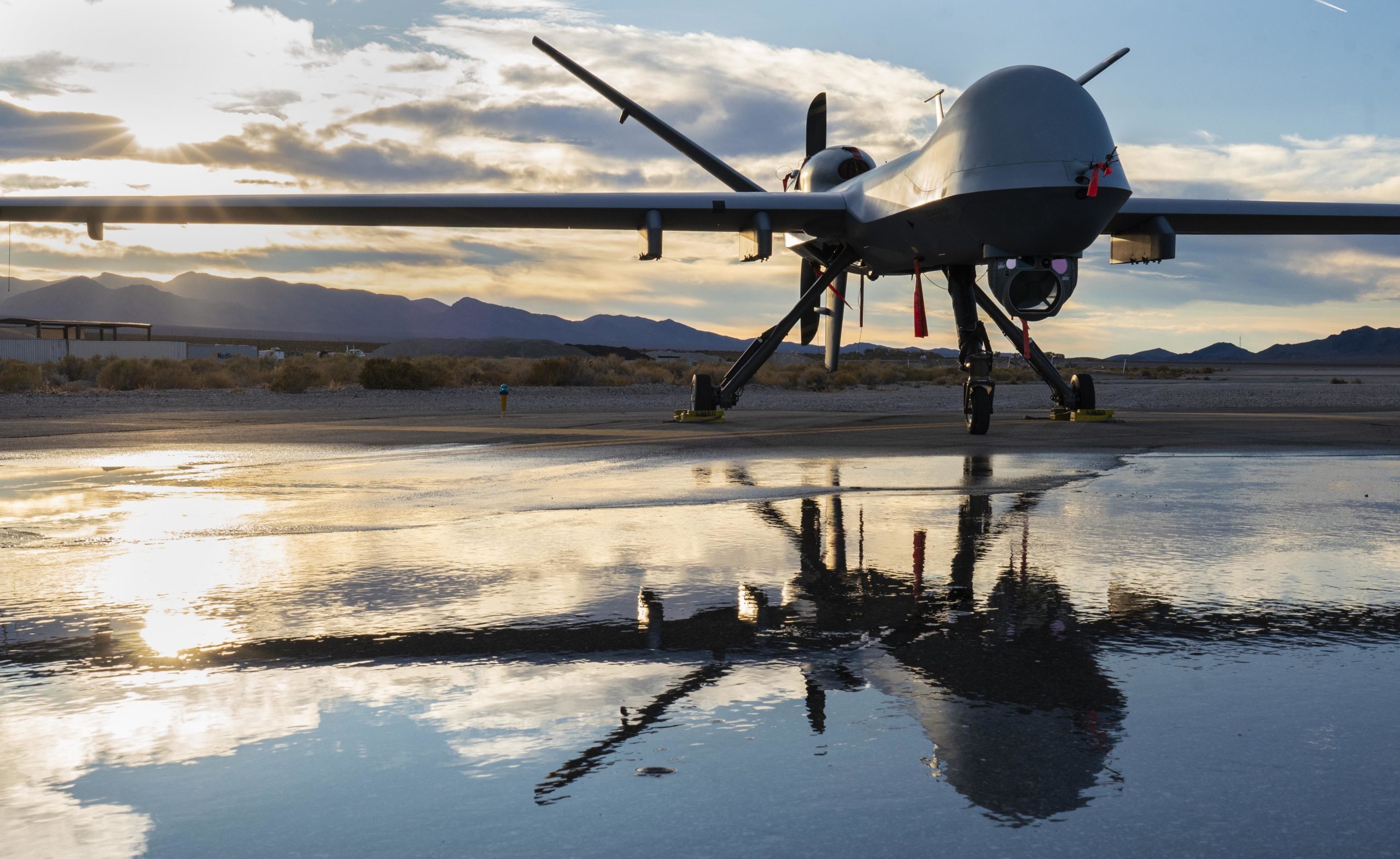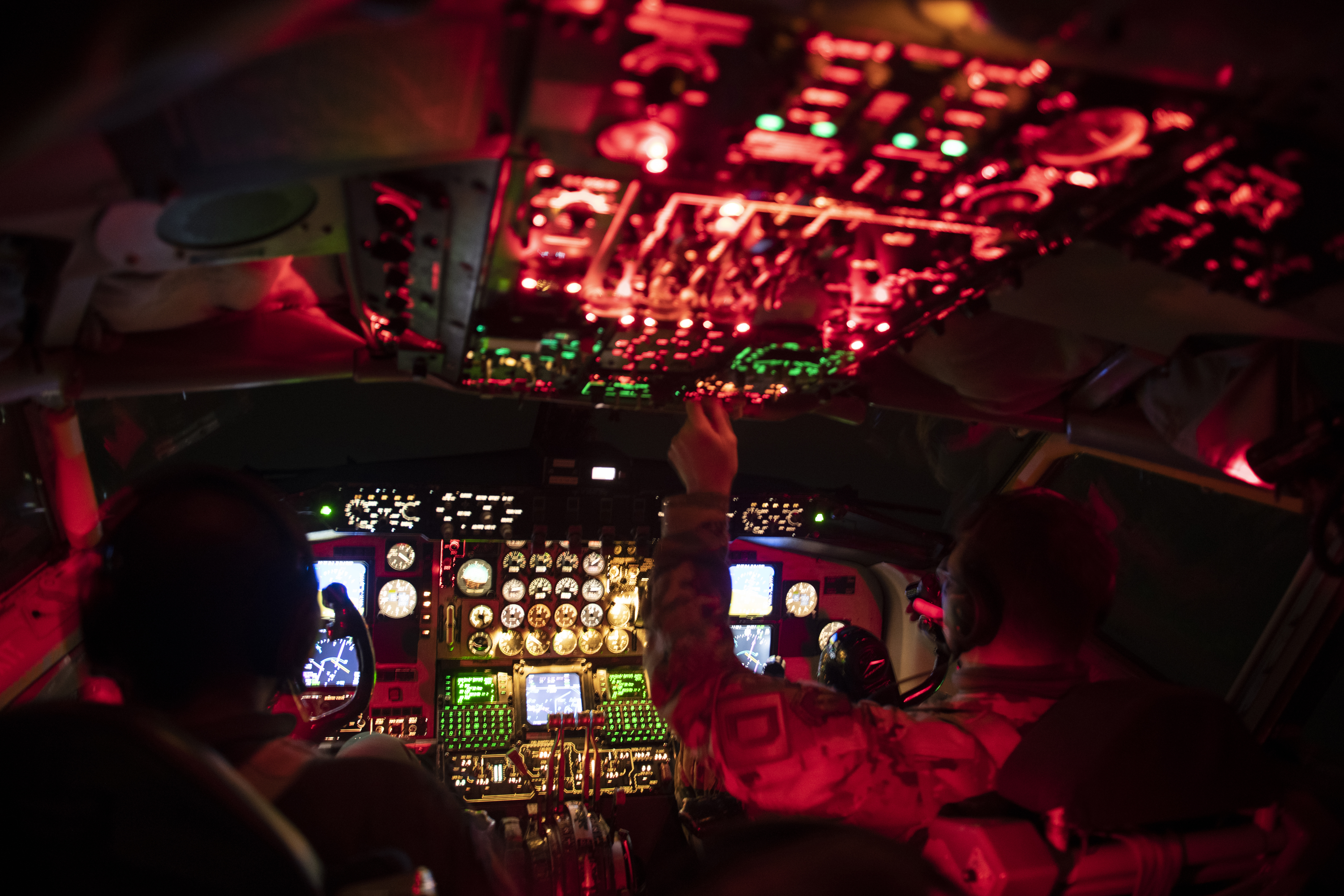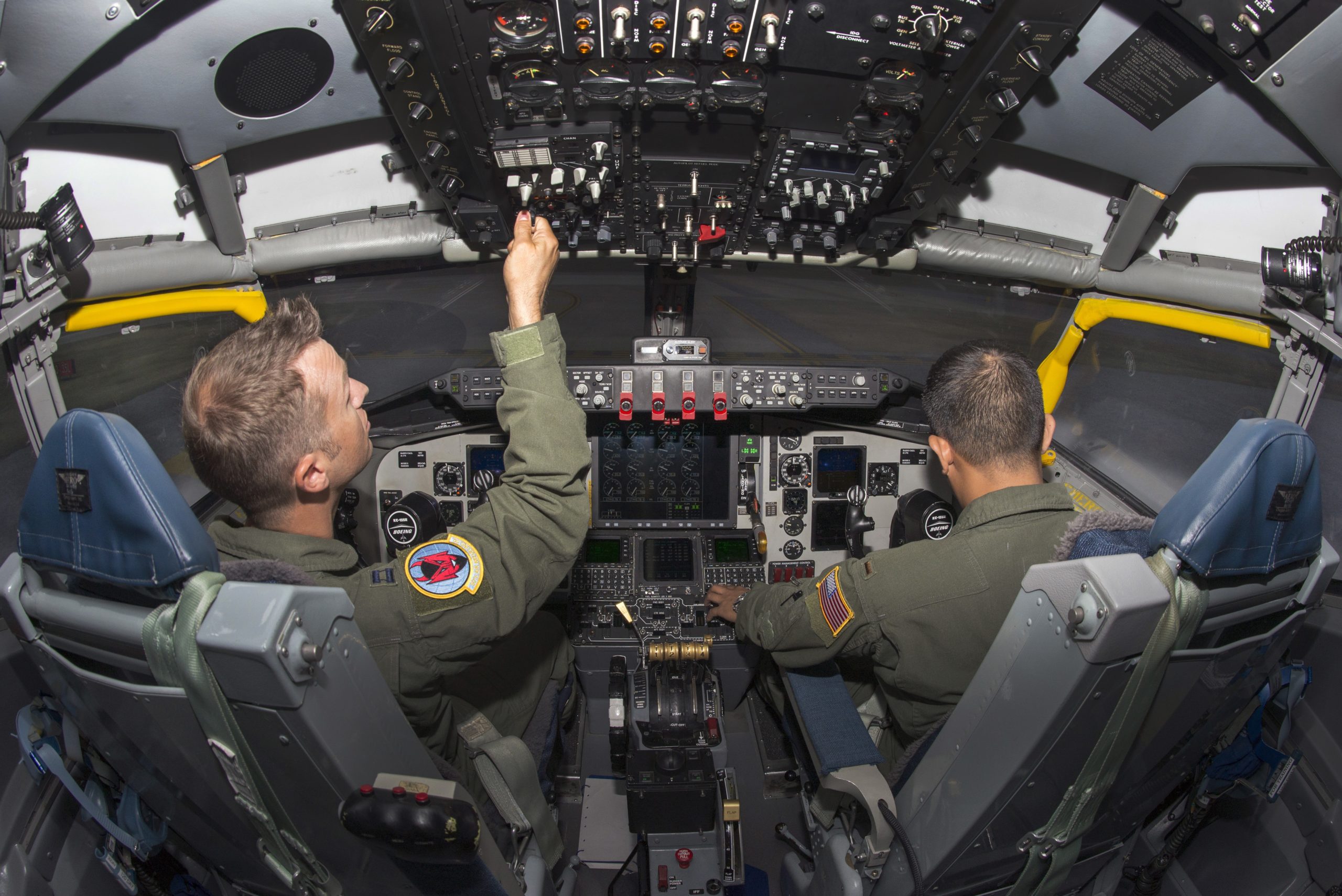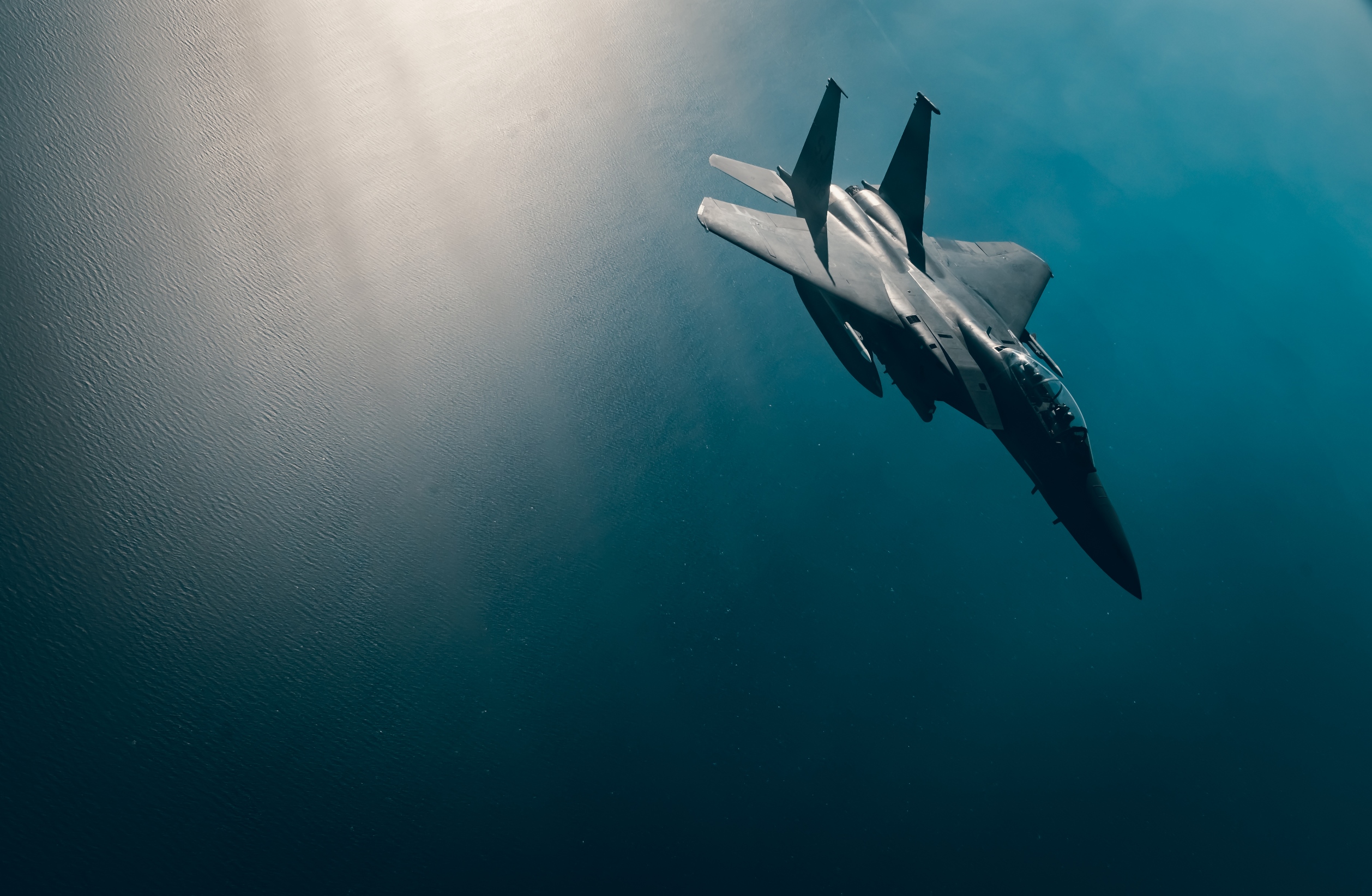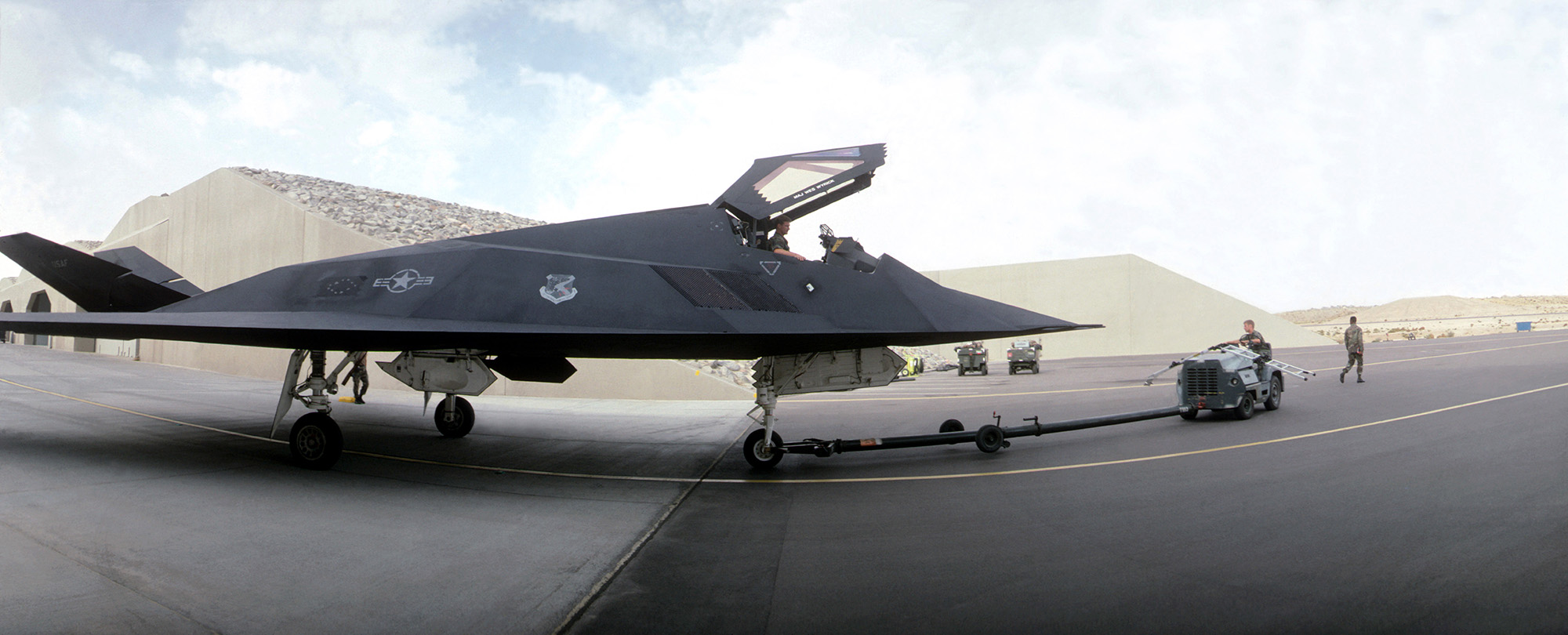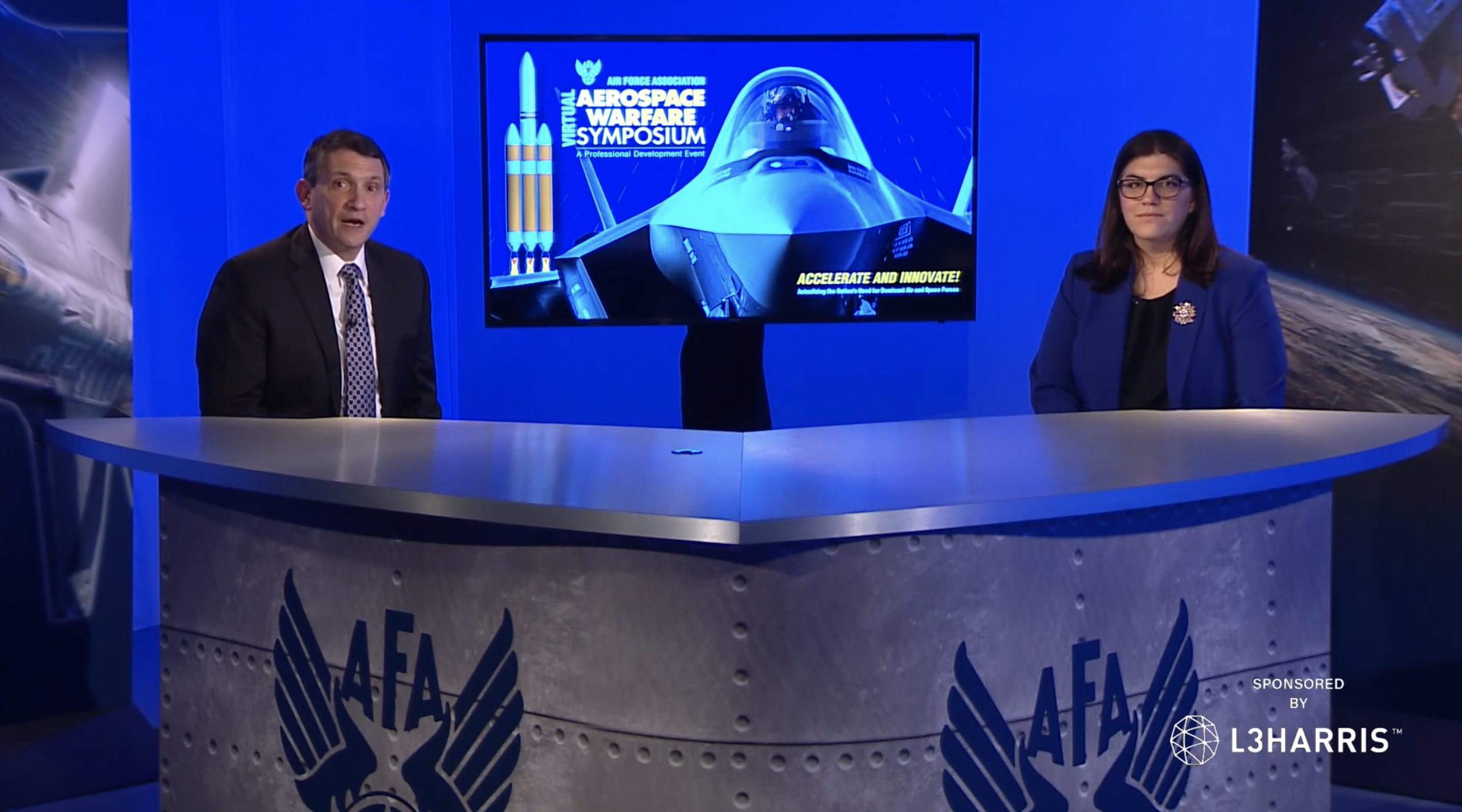The Air Force is testing new ways to use the F-15E Strike Eagle to deliver bombs.
The 85th Test and Evaluation Squadron recently flew an F-15E with six Joint Direct Attack Munitions on a single side, potentially expanding the number of the bombs the aircraft can carry to 15.
F-15Es are authorized to carry a maximum of nine JDAMs. However, expanding this amount would allow USAF to use the F-15E to deliver bombs to a forward location, where they could be offloaded, according to a 53rd Wing release.
“Strike Eagle can now carry enough JDAMs for an active combat mission, land at a remote location, and reload itself and/or another aircraft—such as an F-35 or F-22—for additional combat sorties,” 85th TES Commander Lt. Col. Jacob Lindaman said in the release.
This means the F-15E could serve a role currently used by mobility aircraft, such as C-130s. It takes two of the airlifters to carry the bombs and personnel, and once at the destination, the JDAMs then have to be assembled, according to the release. Using an F-15E means the JDAMs would already be assembled, and only one C-130 would be needed.
The development of the capability is part of the broader Air Force’s push for Agile Combat Employment—the goal of being able to quickly operate in forward locations with a smaller footprint. The tactic stems from a recent Weapons and Tactics Conference and could be employed in combat in about a month, according to the release.
